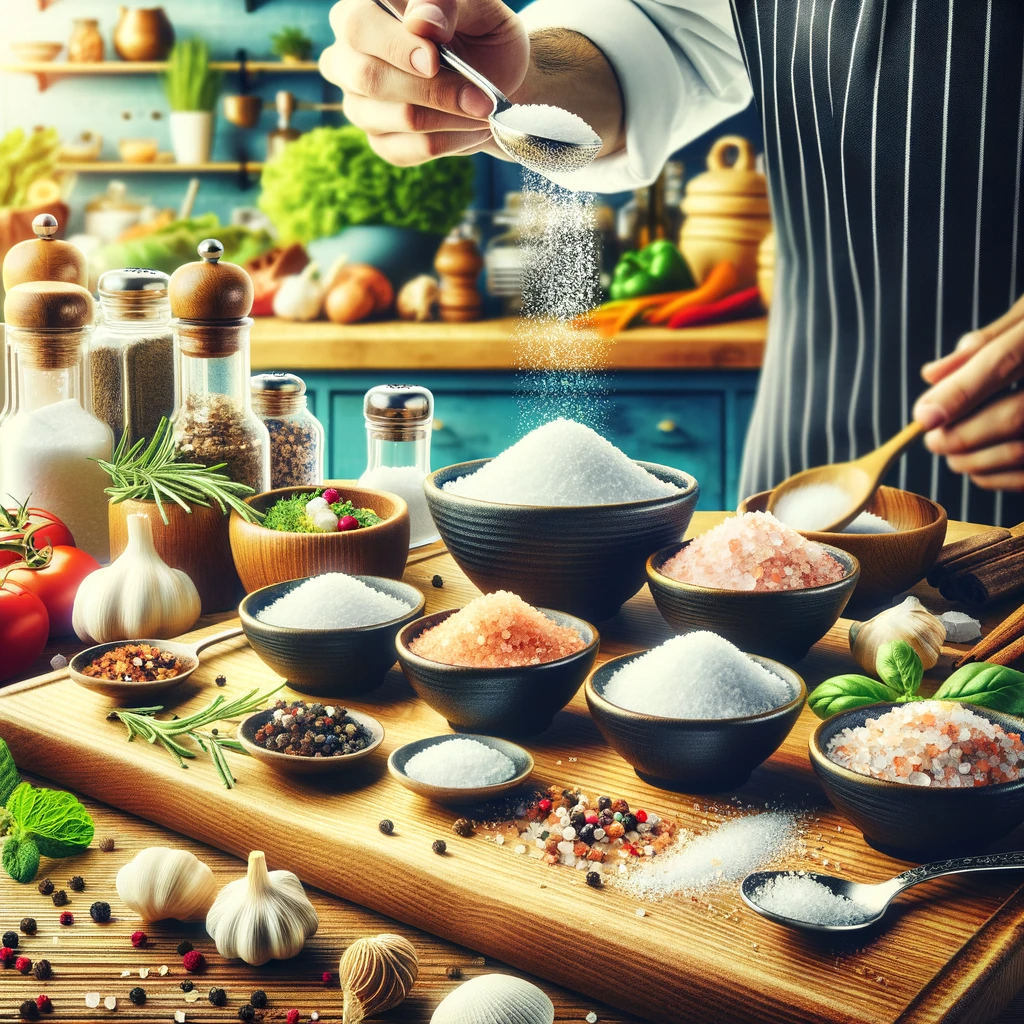Introduction
When it comes to cooking, there’s one essential ingredient that stands out as the unsung hero of flavor enhancement: salt. Seasoning with salt is not just about making your food salty; it’s about elevating the taste of your dishes and bringing out the natural flavors of your ingredients. In this comprehensive guide, we will explore the art of seasoning with salt and provide you with the essential tips and techniques to become a seasoned pro in the kitchen.
Understanding the Basics
- Choose the Right Salt: The first step in mastering salt as an ingredient is selecting the right type of salt. Common options include kosher salt, sea salt, and table salt. Each has its unique texture and flavor profile, so be sure to experiment and find the one that suits your taste and recipe best.
- Salt to Taste: Seasoning with salt is all about balance. Start with a small amount, taste, and gradually add more if needed. Remember, it’s easier to add salt than to remove it, so be cautious.
Techniques for Seasoning
- Even Distribution: When adding salt to your dishes, sprinkle it evenly to ensure that it’s distributed throughout the food. This helps to bring out the flavors in every bite.
- Layering Flavors: Instead of adding all the salt at once, try layering it throughout the cooking process. This technique enhances the depth of flavor in your dishes.
Salting Various Ingredients
- Meats and Proteins: Salt meats like steak or chicken at least 30 minutes before cooking. This allows the salt to penetrate the meat, resulting in juicier and more flavorful results.
- Vegetables: Season vegetables just before roasting or sautéing. This helps to draw out excess moisture, intensifying their natural sweetness.
Avoid Over-Salting
- Be Mindful of Hidden Salt: Many packaged foods and condiments contain hidden salt. Read labels and be aware of these sources to avoid over-salting unintentionally.
Enhancing Presentation
- Finishing Salt: For a gourmet touch, use a flaky finishing salt like fleur de sel or Maldon salt to sprinkle on dishes just before serving. It adds a delightful crunch and burst of flavor.
Experimentation and Personalization
- Taste and Adjust: Seasoning with salt is a matter of personal preference. Don’t be afraid to experiment with different types and amounts of salt to develop your unique culinary style.
- Combine Flavors: Salt can be paired with other seasonings like herbs, spices, and citrus zest to create complex and delightful flavor profiles.
Conclusion
Mastering the art of salt as an ingredient is an essential skill for any home cook. By understanding the basics, honing your techniques, and experimenting with different flavors, you can elevate your dishes to new heights. Remember, salt is not just a seasoning; it’s a gateway to unlocking the full potential of your culinary creations. So, go ahead and season your food with confidence, and watch as your meals become more flavorful and satisfying than ever before. Happy cooking!
